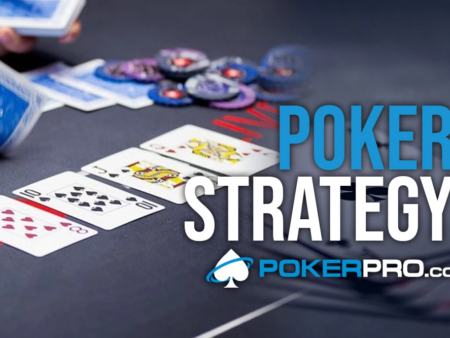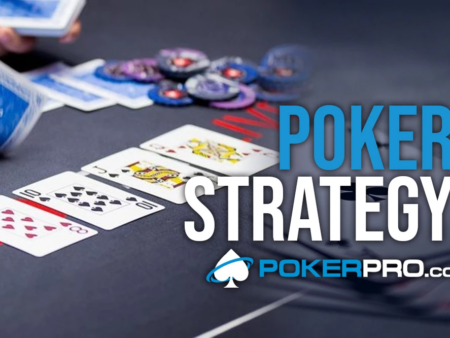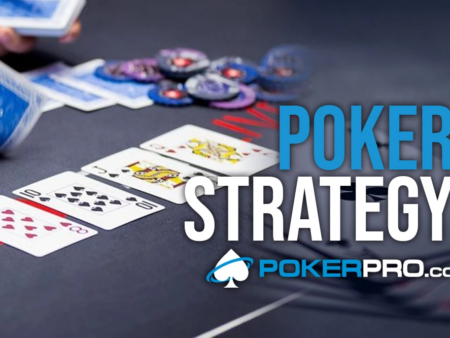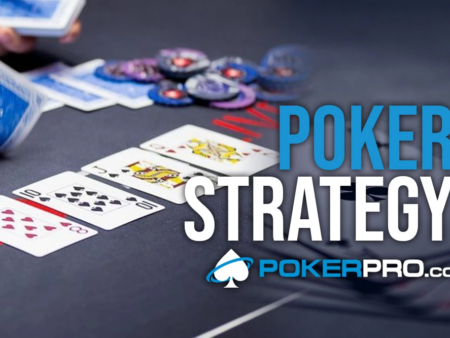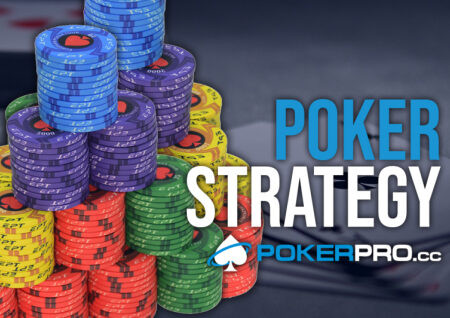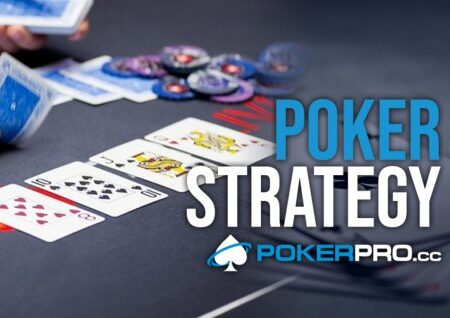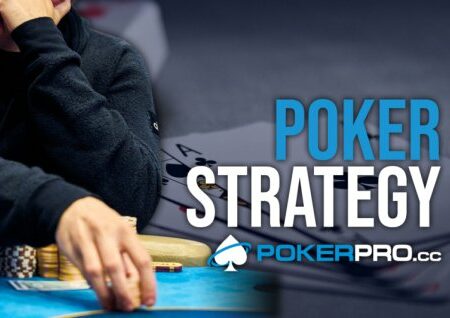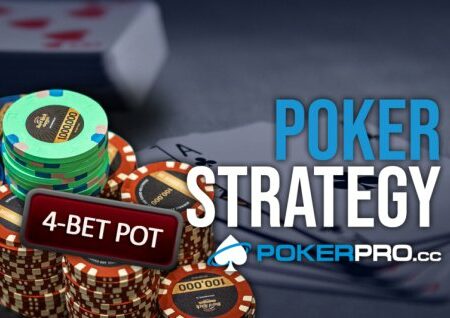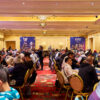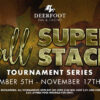The Big Blind is one of the positions where we will make the most decisions, which makes it a critical position that we should pay attention to when…
Common Mistakes When Defending the Big Blind
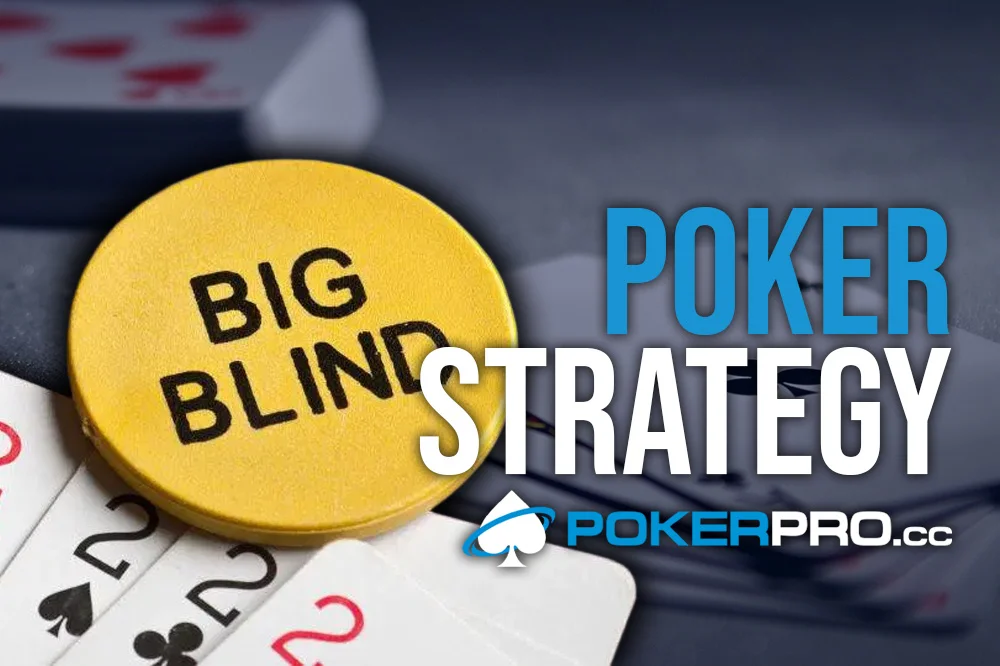
The Big Blind is one of the positions where we will make the most decisions, which makes it a critical position that we should pay attention to when playing or learning. In this article, we look at the mistakes that often happen when defending BB.
1. Not enough float against a small C-bet
Small bets are not polarized, and many marginal hands will check on the turn after being called on the flop. This means that often when we call the flop, we pay to see the turn and river.
Against wide ranges, our floats with broadways will still have plenty of equity.
Example A72r BTN vs. BB
We can see that the solver floats all Kx combinations with a stronger kicker or backdoor against a 33% bet.
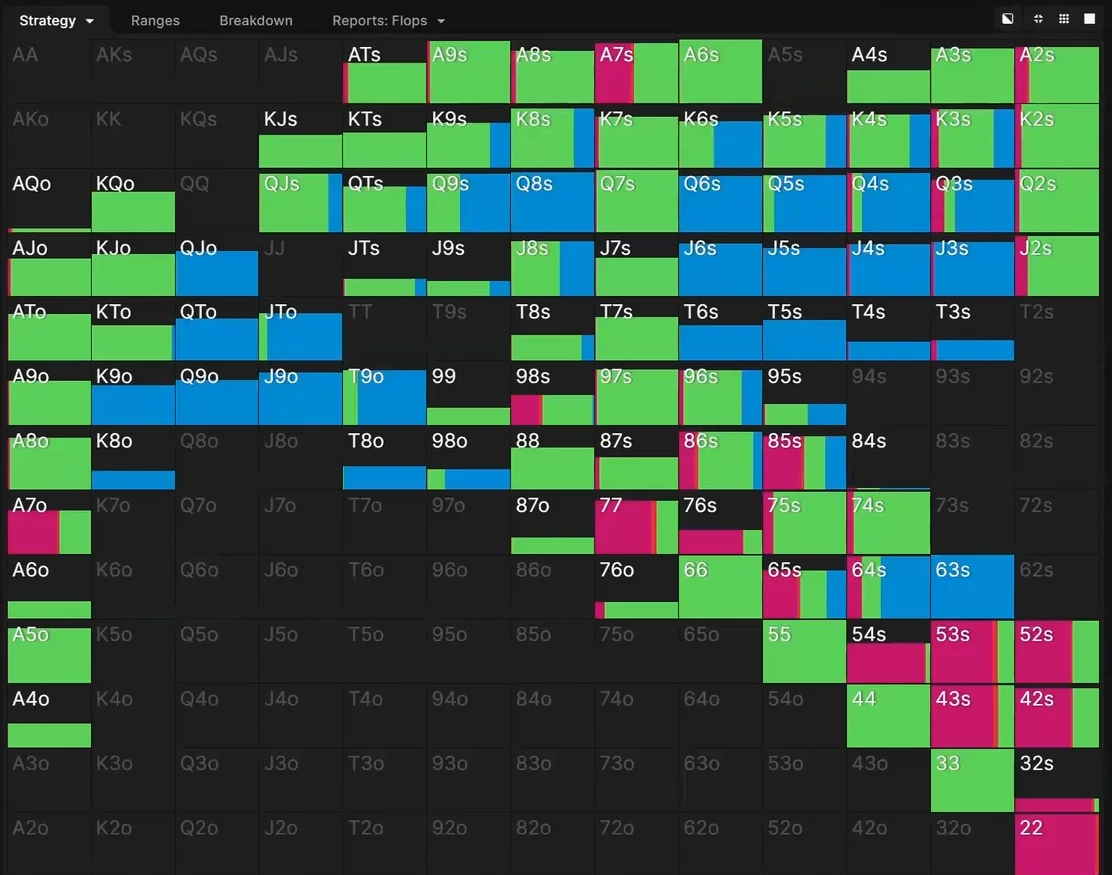
BTN will check a lot on the turn because there are a lot of trashy hands in his range that he will have to fold on the river.

The more disconnected the board, the more equity our floats will have.
When we change the flop from A72r to A67r, we can see that we still have a lot of floats and more folds.
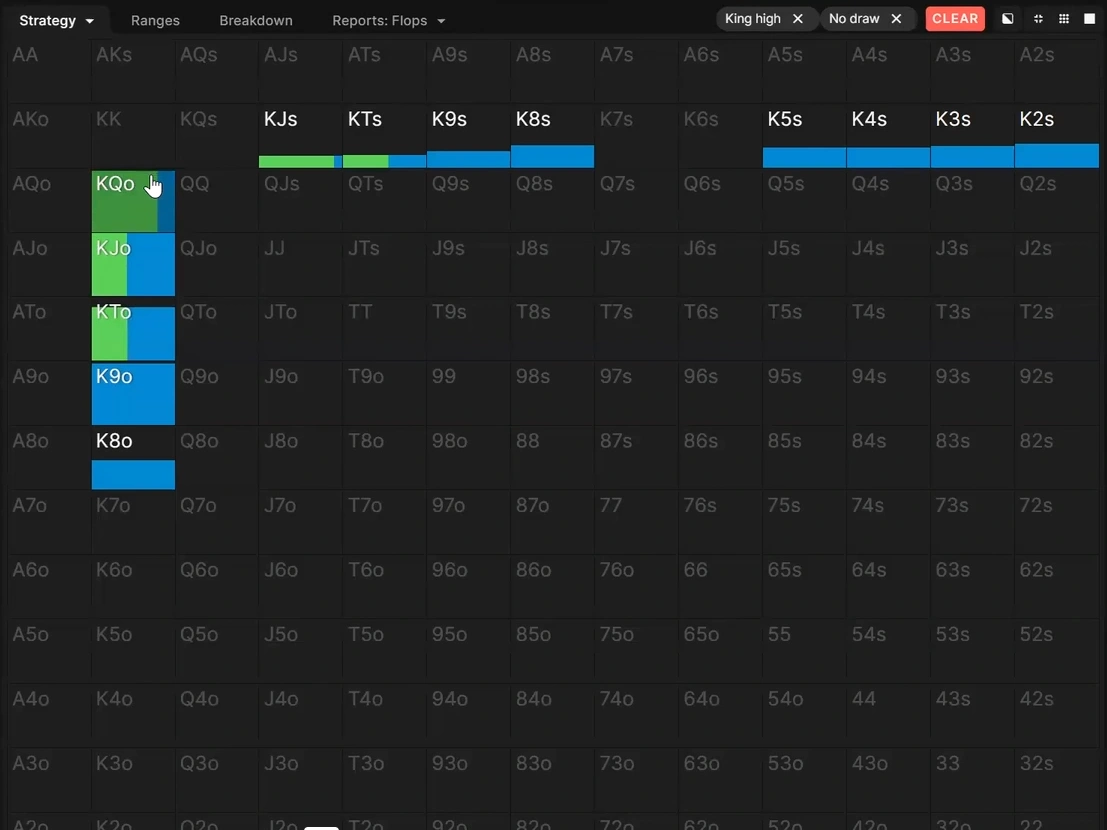
How do you exploit a player who does not float enough?
So we bluff more on the flop, and when we get a call, our opponent will have a narrower range, and then we reduce bluffs and sizing on the turn.
2. Calling too wide against UTG
Against a strong UTG range, every hand in our range will have less equity.
We should call very tight on boards with high cards when faced with big c-bet sizing.
Example AT3r
Against 33% cbet UTG vs. BB, we have to fold all low (third) pairs without a backdoor; even hands like 99 are folds.
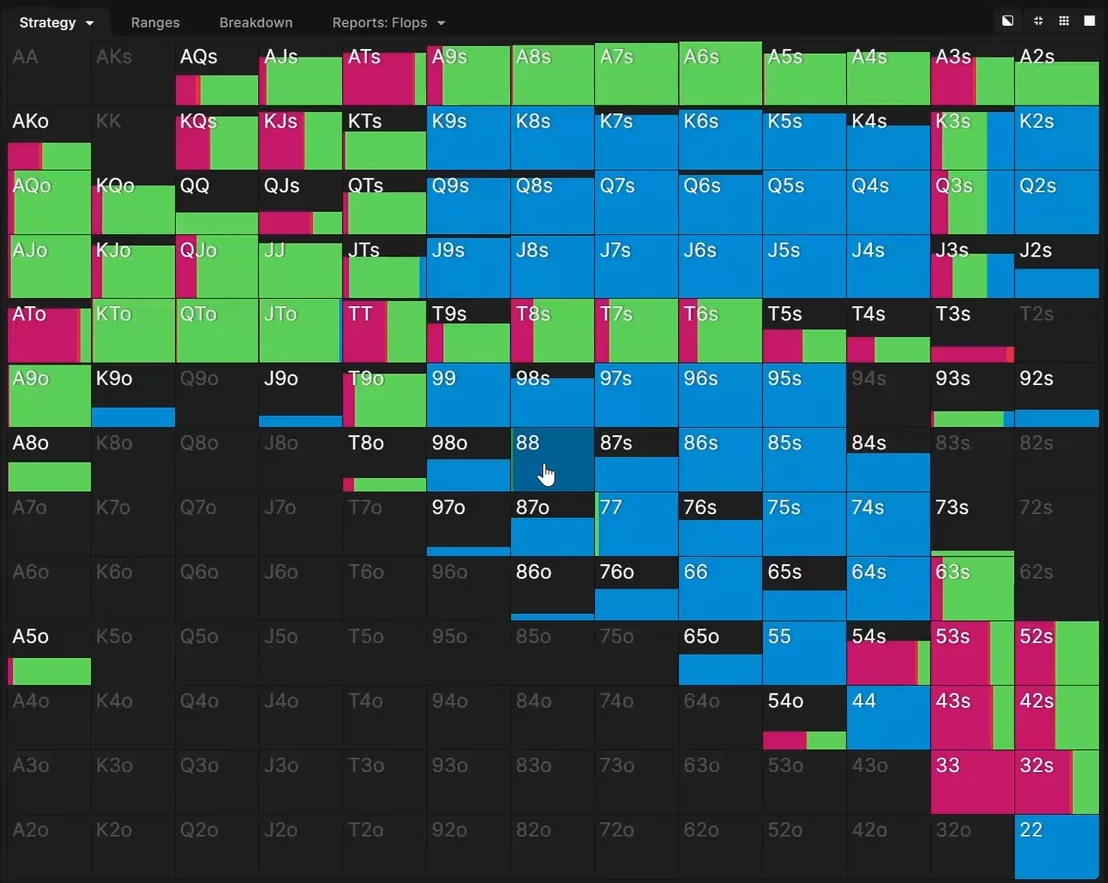
3. Insufficient check-raising with backdoors
You should have a LOT of bluffs on the flop!
If we check only clean draws, our check-raise (X/R) range becomes too solid and linear, which means that the IP (In position) player can simply exploit us.
IP can exploit BB’s tight X/R range so that he folds much more, and with his “nutted” hands, more 3bets (raise vs X/R).
Conclusion
- More float vs. C-bet
- Taking position into account, we can fold more against the early position
- Use more bluffs when X/R (against early positions and big sizings, it becomes less important)

